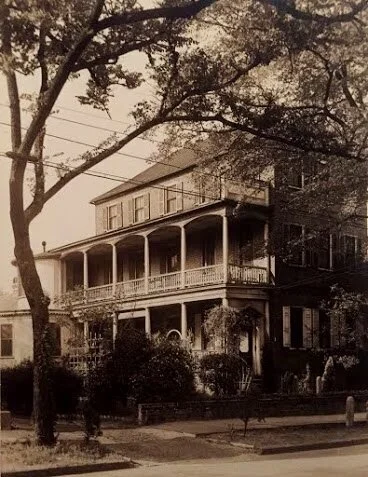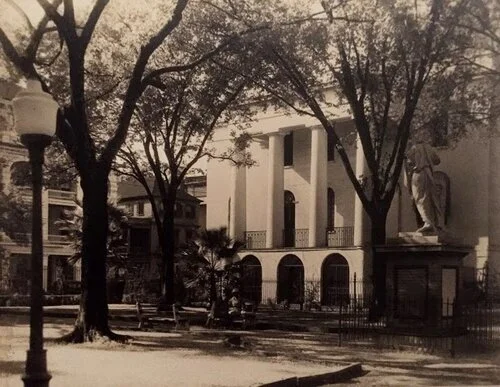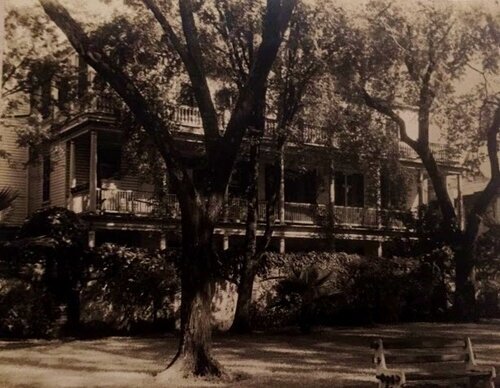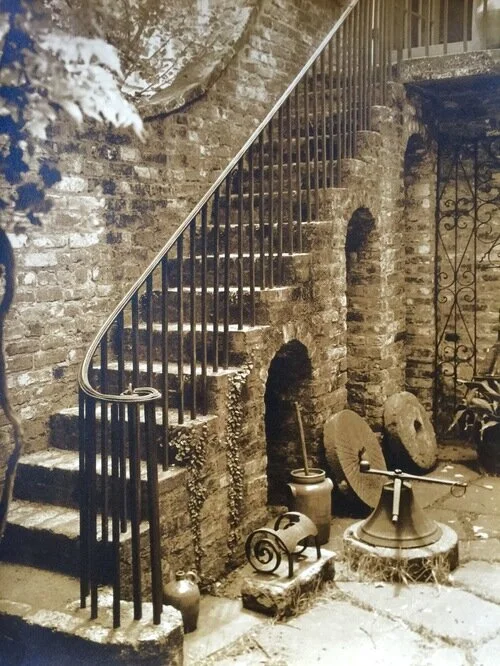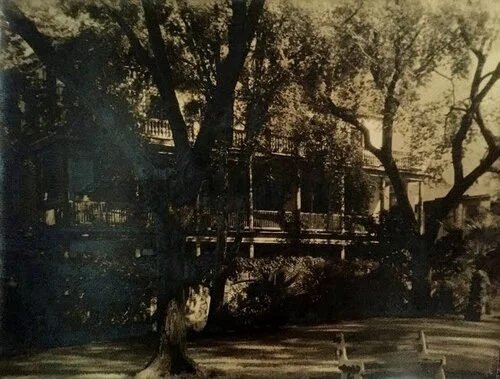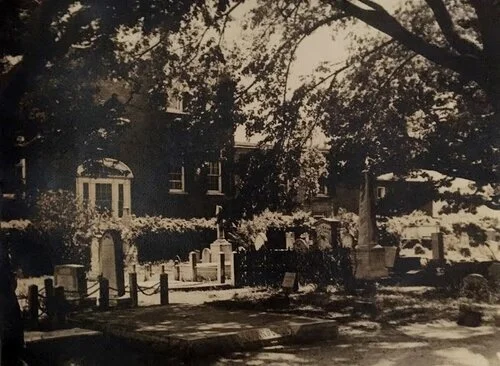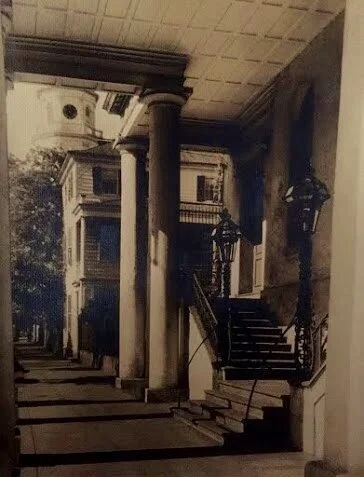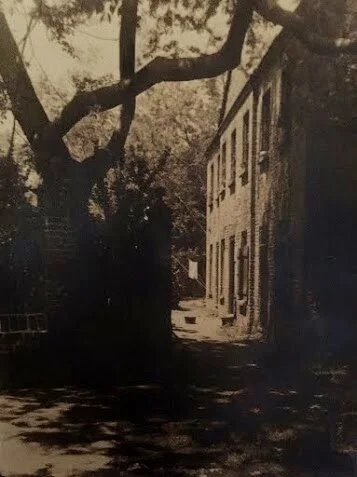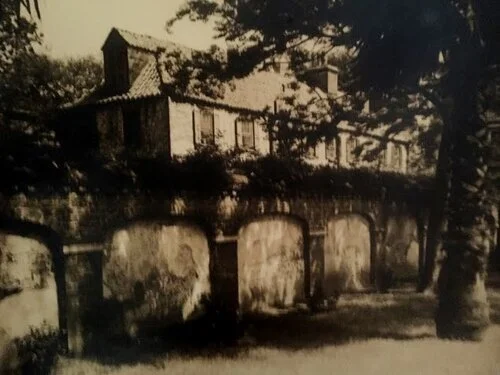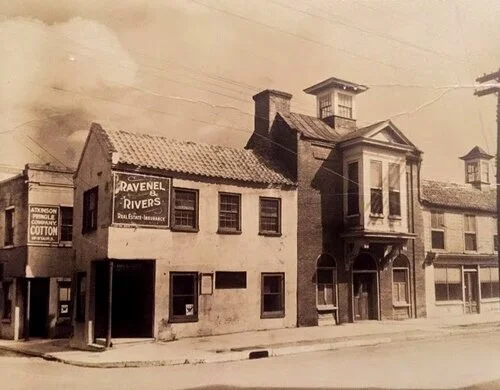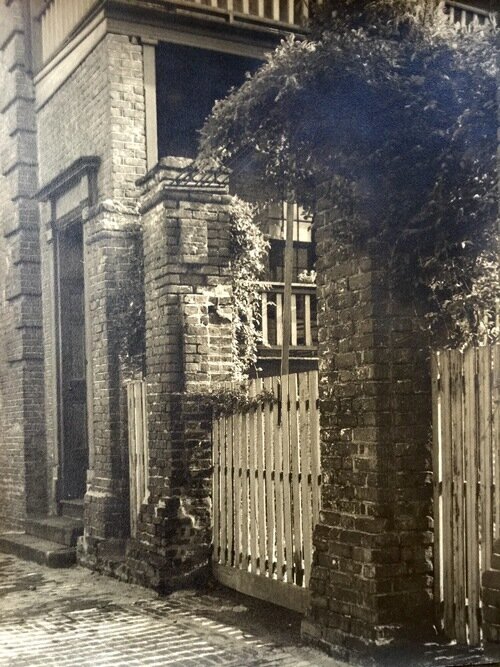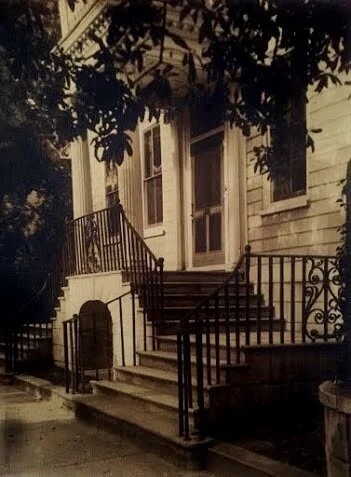Charleston | By Rebekah Jacob
I never intended to live in Charleston, but I’m grateful for a God of providence. After seventeen years here, it might take the Rapture or a raging hurricane to dislodge me.
After the stress and physicality of unloading my father’s company in Mississippi and cleaning out over six thousand square feet of furniture, storage, files, and more, I was exhausted and eager for a fresh start. New York and its cold were no longer compelling, and I was desperate to stay on southern soil. Hollis connected to Rob Hicklin, a South Carolina–born gentleman who built an empire brokering southern masterpieces. He was of the most extreme masculine forms—an avid gun collector, hunter, and plantation home owner. My first interview with Rob was on the second level of his historic building in Charleston, exquisite portraits in hand-gilded big frames canvasing the wall. He was dressed in camouflage with an orange vest, having migrated from the woods into the city for our interview.
I was in typical attire: black slacks and a black Ralph Lauren sweater, with a red wood shawl to add some kick. Spring had penetrated the Lowcountry, and trees bloomed aggressively. Pedestrians stirred on the streets, but there was still a chill in the air. Upon my arrival, a warm fire brewed, and the scent of scotch lingered. Masterpieces of art lined the walls with grace and sophistication, small tags indicating their value with lots of zeroes.
I was immediately charmed by Charleston. I had a sense of place and longing to be surrounded by this elegant land. The delicately aged antebellum architecture, tranquil breeze off the bay, and familiar conversational rhythms were—and continue to be—a salve to the North’s hurried aggression. Walking the cobblestone streets, laid long before my childhood hometown was built, was an awakening to a newer version of me that realized home—and particularly Charleston—was the most romantic destination all along and perhaps the one I’d been longing for.
And then there was the art. I was wholeheartedly seeded by the art of the South, and pioneer in the southern art market Rob Heckling offered me an entirely new and specific level of education at his Charleston Renaissance Gallery in the historic downtown. I pored over unsung masterpieces and researched an array of southern artists and their established or burgeoning markets. I was intrigued by the modern artists and photographers who pushed beyond the traditional and explored controversial tropics through progressive styles and mediums. Rob and I spent many afternoons debating the meaning of “southern modern art,” and we never came to an agreement. I eventually turned in my gallery keys on a spring day as nearby St. Philip’s rang half past noon.
I could not ignore that a new Charleston was emerging in which contemporary did not mean just paintings of palmettos or Rainbow Row by living artists. For my gallery, I wanted to seek out artists who stay true to their southern and Caribbean roots by exploring the complexities and conundrums of the place we call home. And I wanted to risk showing what was not yet considered fine art--photography.
After years of diligent research and honing my skills, I at last opened my dream gallery. Born from hundreds of scribbled legal pad pages, plus blood, sweat, tears, and a generous supply of bourbon, Rebekah Jacob Gallery launched to search out the socially charged, aesthetically progressive artwork on which we have built our national reputation.
Rebekah Jacob Gallery began in a modest thousand square foot white box in the quiet, quaint area of lower King Street in downtown Charleston. The odds were not in my favor; at this point, neither contemporary art nor photography had a strong foothold in the Charleston market. Yet I persevered, bolstered by the entrepreneurial spirit of my father, Les Jacob, whose voice I would often hear reminding me to put my head down and get to work, no excuses.
Everything starts with the art. I choose artists and estates from the American South and based on instinct, creativity, breadth of work, price point, quality, and rarity. I aggressively mine and exhibit enlightened work that evokes the modern age of the Southern region riddled with complexity and never-ending exploration. Whether emerging or experienced, these artists expand the conventional definitions of their medium including paintings, works on paper, photography and video.
Growing up in the Mississippi Delta, I was wholeheartedly seduced by the art of the American South both for its stunning visuals and for the great divides it addresses. Many Southern fine art photographers deeply engage in the essence of place, visually examining the relationship between past and present to make sense of the peculiarities of Southern identity. I seek out artists who stay true to their Southern roots not by solely focusing on the beauty of the landscape but also by exploring the conundrums of the place we call home. These issues of poverty, race, and inequality have become a driving point of interest for me, strongly evident in my affinity for documentary photography, whether vintage or contemporary, as it relays a strong, intricate narrative that extends beyond the place where words end. Bringing the work of Civil Rights photographers like James Karales to the forefront likewise highlights the need for continued discussion on issues that continue (unfortunately) to remain relevant today. My favorite WPA authors/photographers like Eudora Welty and Walker Evans traveled the Carolinas, capturing in words and images this land of elegant decay, still struggling to heal from the Civil War. Similarly, many contemporary photographers like Bill Steber who capture and document the Mississippi blues and it's 'jukers in the heart of the Delta.
In a short time, Rebekah Jacob Gallery not only survived but also thrived, and as the economy rebounded in 2010, I decided to triple our inventory and our space. Progressive art requires a progressive neighborhood, so I headed north to Upper King Street, an area at the heart of the city’s creative cultural renaissance. The large walls of this sexy three-thousand-square-foot, Chelsea-like gallery were necessary to keep up with the increased production from my artists, and I was attracted to the traditional design by a Charleston architect that was flexible enough to allow for a modern edge. A progressive but also an ardent preservationist, I was attracted to the traditional design by a Charleston architect that was flexible enough to allow for the modern edge instilled by my designer William Bates.
However, I failed to forecast how the mercurial rise of Internet commerce and the radical redirection of marketing toward social media would dramatically affect business. Technology trumped square footage, so eventually I downsized the gallery’s footprint and invested in an Internet platform. Today, our physical location on John Street, a modest 1000 square feet, secondary to our online presence, where the majority of our art is now sold to buyers around the world. Instead of print media buys, we focus our energies on creating an e-commerce experience that is attractive and secure.
The path has been far from easy, but after twenty years in the art business, I know that if you stay in it long enough, you get to the truly good stuff. And regardless of hard and dark times, my passion and commitment has never waned.
My father said that success happens when preparation meets opportunity. I have spent my life preparing through academic training, apprenticeships, professional networking, and global travels. As Rebekah Jacob Gallery continues to grow, I think he would have been proud to see my diligence has turned into a legacy.


